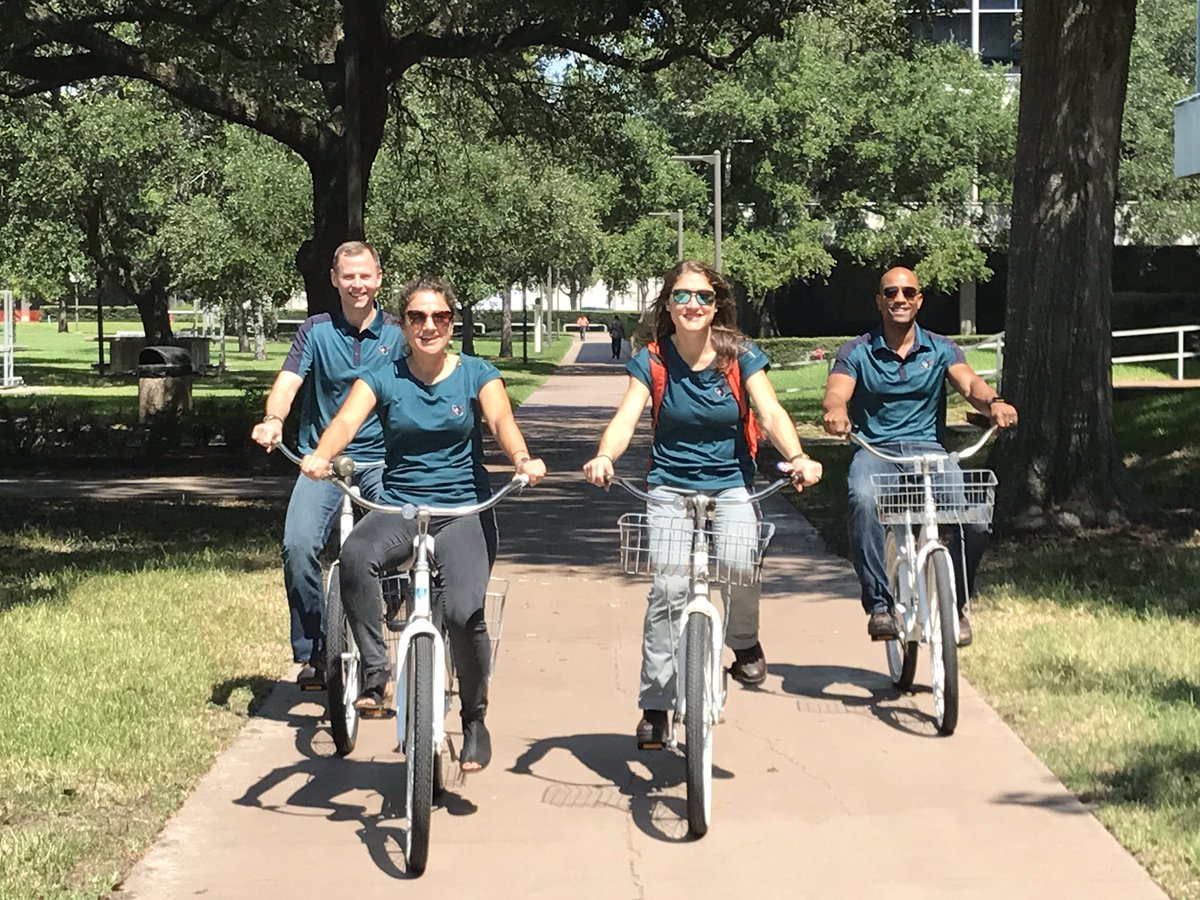
Johnson went on to live in a retirement home with her husband James where she enjoyed company and conversation. Johnson remarried James Johnson three years later. James Goble passed away in 1965, and Mrs. Even when things would get busy at work, her well-connected network of family and friends would support her in many ways by taking care of her family life. A Family Womanĭespite working long hours, Katherine Johnson took care of her three daughters and her husband James Goble, who was fighting cancer. Perhaps it was a hearty dose of happiness, and not necessarily her diet, that contributed to her long life. Surprisingly, even in her old age, she enjoyed a meal of bacon, hard-boiled eggs, and strong coffee. Their work was a priority, and they took steps to overcome these barriers.Īlthough there was not much I could find about her diet, it seems that she was a woman who embraced her Southern roots, so I presume she enjoyed many Southern classics. Although they ate at their desks most of the time, they ignored the discriminatory signs in the cafeteria when they ate with their colleagues. Johnson and her Black colleagues did whatever they could to prevent segregation from affecting their work. Johnson was at NASA, segregation was still a part of society, but Mrs. Her love for math shined through her actions and her words. Whenever she got the chance, she answered letters that she received from young people who were inspired by her. She visited schools and spoke at events to encourage young people to pursue math and science. Even after retiring, she spent time advocating for math education through volunteering and teaching children. Johnson confidently spoke up and asked, “Is there a law against it?” Her fierce attitude opened many doors for women, especially Black women.īefore working at NASA, she was an educator, and she made sure to make math something that students enjoyed and understood wholeheartedly. When women were not allowed to attend briefings and important closed-door affairs, Mrs.

She was an activist in the workplace as she spoke up against discriminatory behavior. Her passion for her work was clear through her statement: “There wasn’t one day when I didn’t wake up excited to go to work.” Even though computers were developed and available, they were not always trusted, so NASA often relied on human computers like Mrs. Johnson spent ample time at the Langley Laboratory computing complex equations. Routinely logging 16-hour work days, Mrs. It was clear that she found joy in every little moment as she lived a long life of 101 years and left behind an unforgettable legacy. In 2015, she was awarded the Presidential Medal of Freedom by President Obama in recognition of her accomplishments as well as her relentless spirit amidst several racial and social barriers. Although she retired in 1986, she continued to make an impact on her community, family, and even the country. The secret to her success was that she enjoyed everything about her work. Not only did she work on flight-related calculations, but she also contributed calculations to the Space Shuttle, the Earth Resources Technology Satellite, and other modules. She was also the first woman in the Flight Research Division to be authored on a research report. Her work was critical to calculating flight trajectory and specific landing positions this was essential, especially to spacecraft carrying humans.

She started in the summer of 1953 in the all-Black West Area Computing Section and went on to do complex data analysis for flight tests and much more. What she is most known for is her work at NASA’s Langley Laboratory. She was a teacher, a mother, a wife, and even an activist.

She was one of the three Black students to integrate West Virginia’s graduate schools. Growing up in a time when segregation was still a reality, Mrs. Anyone who has heard of the book and movie Hidden Figures knows of Katherine Johnson, the NASA mathematician who made groundbreaking discoveries.


 0 kommentar(er)
0 kommentar(er)
